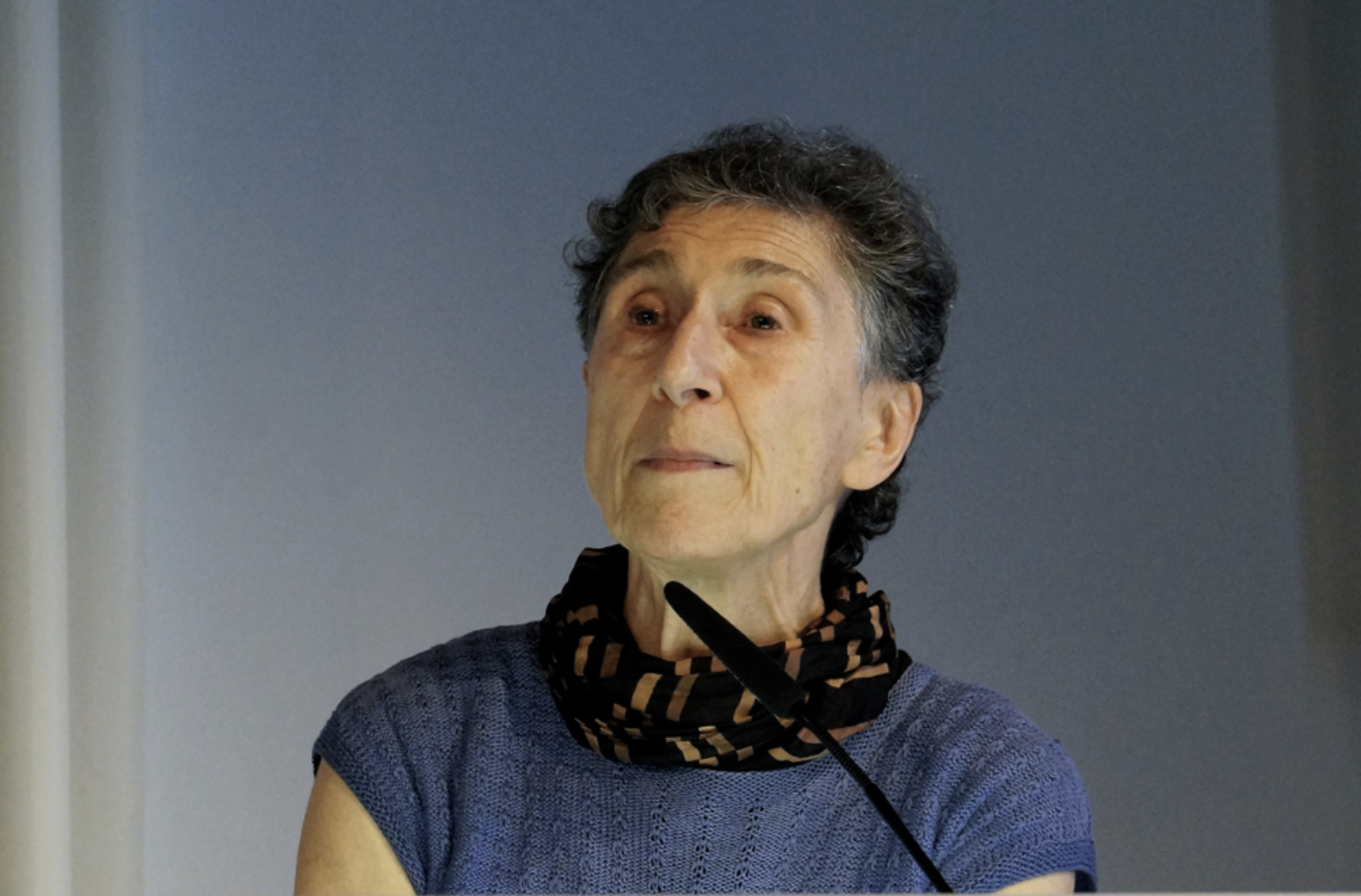The Body as Battlefield: Rethinking Capitalism through Sylvia Federici’s Caliban and the Witch
“To understand what capitalism is, we must look at what it destroys.”

“To understand what capitalism is, we must look at what it destroys.”
—Sylvia Federici
When we think of capitalism’s birth, we often imagine steam engines, textile mills, and markets. But what if one of the most critical engines of capitalist development was not a machine—but the human body, particularly the female body?
Sylvia Federici’s Caliban and the Witch offers a bold and necessary intervention into how we understand the rise of capitalism—not as a purely economic process, but as a violent reordering of bodies, labor, and gender. Through a feminist-Marxist lens, Federici urges us to ask: Who paid the price for capitalism’s rise? And whose histories have been erased from its narrative?
Primitive Accumulation Was Never Gender-Neutral
Karl Marx described primitive accumulation as the foundational theft that set the stage for capitalism: the enclosure of common lands, the dispossession of peasants, and the creation of a wage-dependent proletariat. But what Marx left largely untouched, Federici boldly fills in: women’s bodies were a central site of this transformation.
In the transition from feudalism to capitalism, women were systematically stripped of social power. Their labor—particularly reproductive labor—was devalued, mystified, and pushed into invisibility. The new capitalist order didn’t just require workers; it required disciplined workers. And for that, it needed a whole redefinition of gender, sexuality, and the body itself.
From Commons to the Kitchen: Women as the “New Commons”
Federici makes a striking claim: as communal lands were enclosed and taken away from peasant communities, women themselves became the “new commons.” Their bodies and labor were positioned as resources to be exploited—not through wage labor, but through the unpaid, unrecognized work of childbearing, caregiving, and maintaining the household.
This was not natural—it was political.
The sexual division of labor we now take for granted was constructed, not discovered. The image of the obedient housewife, the moral mother, the self-sacrificing wife was forged in this historical crucible—not to honor women’s nature, but to control it.
The Witch Hunts Were Political, Not Superstitious
One of Federici’s most powerful insights lies in her reinterpretation of the witch hunts. These were not merely episodes of religious fanaticism—they were central to the formation of capitalist discipline.
The mass persecution of women—particularly older, poor, or socially marginal women—served to criminalize alternative knowledge systems, from midwifery to herbal healing. More importantly, it sent a chilling message: women’s control over reproduction, sexuality, and knowledge would not be tolerated.
In Federici’s words, the witch hunts were “a war against women.” A war designed to break communal bonds, impose control over reproduction, and redefine the female body as a site of regulation and labor extraction.
The Mechanical Body and the Rise of Discipline
As Federici traces, the 17th-century rise of “mechanical philosophy” (think Descartes and Hobbes) transformed how the human body was perceived. It was no longer sacred, mystical, or magical—it became a machine, a labor unit to be managed, trained, and, if necessary, punished.
This philosophical shift aligned neatly with capitalism’s needs: a body that could be measured, segmented, optimized. The body became a factory before the factory ever existed.
Caliban: The Rebellious Body
The title of Federici’s book is no accident. Caliban, the enslaved figure from Shakespeare’s The Tempest, becomes a metaphor for the rebellious, colonized body—the peasant, the worker, the woman—who refuses to be tamed.
Caliban is not just a symbol of oppression, but of resistance. He dreams of a world of abundance, of community, of joy without exploitation. In Federici’s reading, Caliban embodies the suppressed desires and alternative social visions that capitalism tried to erase—but could never fully eliminate.
Why This Matters Today
Federici’s work resonates powerfully in our current moment. As debates rage over reproductive rights, care work, economic inequality, and bodily autonomy, her analysis helps us see the deep historical roots of these struggles.
Capitalism did not just reorganize markets—it reorganized life. It required new forms of control over time, labor, and most fundamentally, the body. And it is often through women’s bodies that this control has been—and continues to be—enforced.
Reading Caliban and the Witch is not just an act of historical inquiry. It is an invitation to rethink the foundations of our present—and to imagine a future where labor, care, and bodily autonomy are no longer sacrificed for profit.
Reference
Sylvia Frederici. Caliban and the Witch: Women, the Body and Primitive Accumulation (Penguin 2014).
